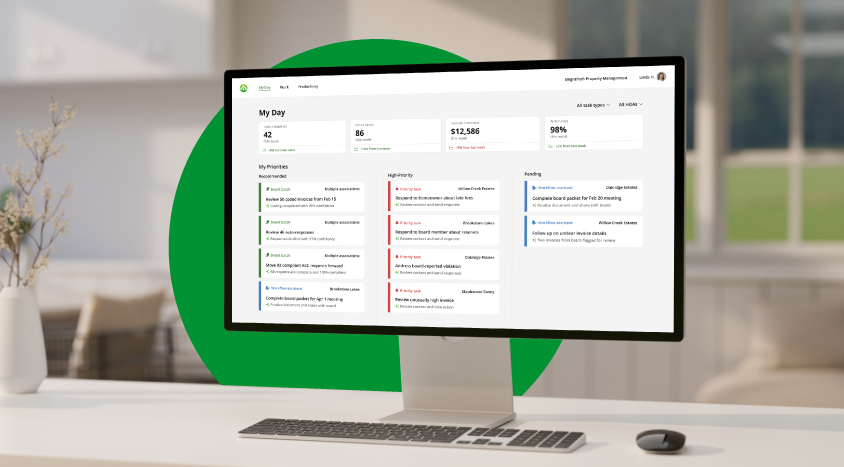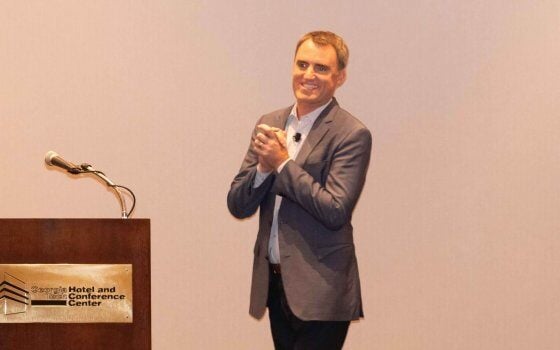
The Future of CAM Technology: Why CINC Leads the Pack in HOA AI Solutions
Read

Unlocking Manager Potential: How Cephai in CINC Manager Frees Up Time for Engagement - CINC Systems
Read

How Today’s Generative AI Investment Drives Long-Term CAM Success: A Timeline - CINC Systems
Read

Generative AI just got a lot more mainstream. Is your community association ready?
Read

Top Three Questions We Receive from CAMs Evaluating CINC Systems Software
Read

Spot the difference between AI and ‘AI washing’: Build a more strategic tech foundation by understanding the fundamentals
Read

Tech Armor: 5 Ways Association Management Software Shields Homeowners Associations from Risk
Read

Seven Products from CINC that Curb Issues with Deferred Maintenance
Read

Four Software Necessities for Community Association Management in 2024
Read

Mid-Year Switch? Why Evaluating Software Halfway Through the Year is Actually a Good Idea
Read

It’s Never Too Late: Five Red Flags that Should Make You Stop Your Software Onboarding Process Immediately
Read

A message from CINC Systems CEO on the state of the banking industry following SVB and Signature bank events
Read